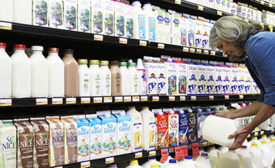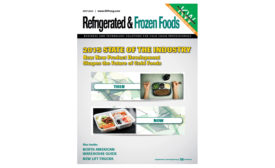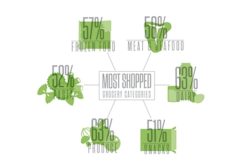Home » Keywords: » shopping trends
Items Tagged with 'shopping trends'
ARTICLES
Continued growth and a new set of challenges for the post-pandemic cold chain in 2021.
Read More
AppCard acquires grocery loyalty, marketing solutions provider
AppCard's state-of-the-art machine learning technology, combined with ProLogic's vertical expertise and strong market presence, positions AppCard as a leading loyalty and digital offers provider for the grocery market.
August 15, 2017
IDDBA study: Retailers focusing more on shopper behavior
Today’s retailers are focusing less on overall growth and more on shopper behavior, including developing smaller, more productive stores; digital retailing and online shopping; and more tailored assortment strategies by region and season.
December 8, 2016
Elevate your expertise in refrigerated and frozen foods with unparalleled insights and connections.
Get the latest industry updates tailored your way.
JOIN TODAY!Copyright ©2025. All Rights Reserved BNP Media.
Design, CMS, Hosting & Web Development :: ePublishing










